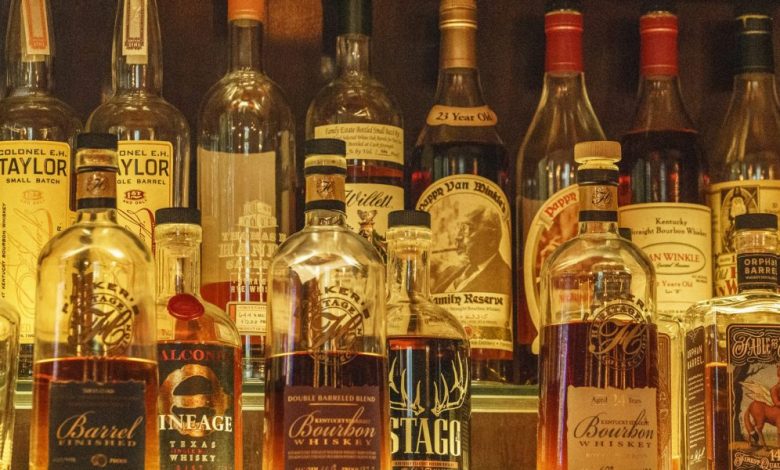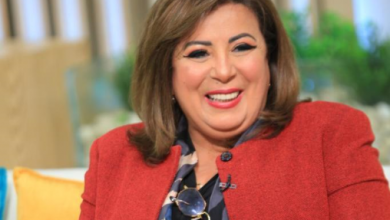Premium US bourbon lovers pay $200 a shot

Buttery, soft, oaky. These are attributes of the best bourbons, and a growing cult of aficionados are willing to pay a staggering amount of money — and even bend or break the law — for these increasingly scarce premium American spirits.
Premium spirits have always been expensive and sought after. But a surge in interest in high-end bourbon has made that elusive bottle even harder to find. Distilleries have increased production to meet the increased demand, but before whiskey makes it to shops and bars it has to mature for years, even decades. Scarcity has changed what some fans are willing to do to get their hands on the most desirable bourbon.
A criminal investigation is underway in Oregon after an internal investigation concluded that several state liquor officials used their influence to source scarce bourbons, including the holy grail for bourbon fanatics: Pappy Van Winkle, 23, who can be sold for tens of thousands of dollars in resale markets. This brand is so popular that it has been the focus of criminal investigations in at least three other states, from Virginia to Pennsylvania to Kentucky.
The cases underscore how demand has peaked. A limited number of 23-year-old Pappy Van Winkle made by the Old Rip Van Winkle Distillery in Frankfort, Kentucky goes to each state. In 2022, Oregon only received 33 bottles.
“The average person can’t get good bottles,” said Cody Walding, a Houston bourbon aficionado who was on the lookout for Buffalo Trace Distillery’s five-bottle antique collection. He has not found any, although he has made connections with liquor store managers. He believes he is years away from success.
“Like getting Pappy Van Winkle or Buffalo Trace Antique Collection, unless you’re basically a store manager’s best friend, I don’t even think it’s possible to get those,” he said.
At a Los Angeles bar Walding visited last week, a shot of Pappy cost 23 years $200.
Sales by suppliers of American whiskey — which include bourbon, Tennessee whiskey and rye — rose 10.5% last year to $5.1 billion, according to the United States Distilled Spirits Council. Revenues for American super-premium whiskey producers have increased by 141% over the past five years.
In Oregon, a bottle of Pappy 23 Year Old Bourbon is priced at $329.95 by the Oregon Liquor and Cannabis Commission. But finding 23-year-old Pappy on a store shelf would be almost as difficult as finding a mythical Sasquatch in the Oregon woods.
The commission says that from last year’s allocation to 23-year-old Pappy, 25 bottles went to bars, restaurants and/or liquor stores, three were set aside as safety stock to replace damaged product and five went to “random purchase”. A lottery was launched in 2018. Pappy, 23, had a 1 in 4,150 chance of winning.
Utah and Pennsylvania are among other states that also use lotteries for coveted liquor. Two men in Pennsylvania each bought a bottle of Pappy Van Winkle after winning the liquor lottery on different years. They attempted to sell their bottles on Craigslist, but undercover officers posing as buyers nailed them for selling liquor without a license.
In Virginia, an employee of the state Alcoholic Beverages Control Board downloaded confidential information about which state liquor stores would receive Pappy Van Winkle and other rare bourbons. An accomplice then sold the information to Facebook groups of bourbon fans. In September, the now-former employee pleaded guilty to the computer crime, received a suspended sentence and a fine, and was banned from all liquor stores in Virginia.
In Kentucky, a Buffalo Trace Distillery employee was arrested in 2015 for several years of stealing and selling bourbon, including Pappy. The caper became part of “Heist,” a Netflix miniseries, in 2021.
Bourbon in particular has a rich American heritage. It existed before Kentucky became a state in 1792 and is where the vast majority of bourbon comes from. In 1964, Congress declared bourbon a “distinctive product of the United States” and prohibited whiskey made in other countries from being labeled as bourbon. Today, some of Kentucky’s best-known bourbon distilleries are foreign-owned.
In the 1960s and 1970s, bourbon had a reputation as a cheap drink. Then came a shift: With Japan in mind, Kentucky distillers in the 1980s and 1990s developed single-barrel and small-batch versions that later flourished in the United States, said Fred Minnick, who has written books on bourbon and world whiskey competitions judged.
“Distillers were starting to wake up — there was an interest in whiskey because the culture itself was starting to change,” Minnick said. “We went from steak-and-potato nation to foie gras and wagyu.”
Minnick lovingly describes what it’s like to sip a great bourbon that gets its sweetness from the ingestion of natural wood sugar from charred oak casks.
“It starts at the front of your tongue, runs back on its own, drips down your jaw a little bit, kinda like butter, very velvety,” Minnick said. “Caramel is one of the quintessential notes, followed by a hint of vanilla.”
Some of the world’s leading beverage companies that own big brands are Kirin (which owns Four Roses), Beam Suntory (Maker’s Mark, Jim Beam, Knob Creek, Basil Hayden), Diageo (Bulleit, IW Harper), Sazerac (Buffalo Trace, Van Winkle, Blanton’s) and Campari Group (wild turkey).
They’ve boosted bourbon production with multi-million dollar expansions and renovations, but there’s still not enough of the best stuff to go around.
In Oregon, this shortage led to the headline-grabbing scandal that drew attention to the state’s rare liquor distribution system.
Six Oregon Liquor and Cannabis Commission officials, including Executive Director Steve Marks, admitted they referred Pappy or another hard-to-find bourbon, Elmer T. Lee Single Barrel, to liquor stores for their own purchase. All six denied reselling the bourbons.
The internal investigation found that they violated an Oregon law that prohibits officers from using confidential information for personal gain. Gov. Tina Kotek requested Marks’ resignation in February, and he resigned. The other five are on paid short vacations. An investigation by the US Department of Justice’s Criminal Division is ongoing.
In his responses to the commission investigator, Marks denied that he violated Oregon’s ethics laws and state policy. He admitted, however, that he had been given “partial” preferential treatment when sourcing the whiskey as a Commission employee.
Old Rip Van Winkle Distillery’s suggested retail price for 23-year-old Pappy is $299.99. Due to its extreme scarcity, it can cost a lot more in the resale market.
In December, a single bottle of Pappy 23-Year-Old sold at Sotheby’s for a record $52,500. Two more bottles were auctioned for $47,500 each. All three were originally released in 2008.
Despite 23-year-old Pappy’s red-hot popularity, Minnick isn’t a huge fan.
“Right or wrong, Pappy Van Winkle 23 Year Old is absolutely the most coveted modern whiskey year after year,” said Minnick. “Personally, I think the 23-year-old is hit-and-miss. It’s usually overkill for me.”



